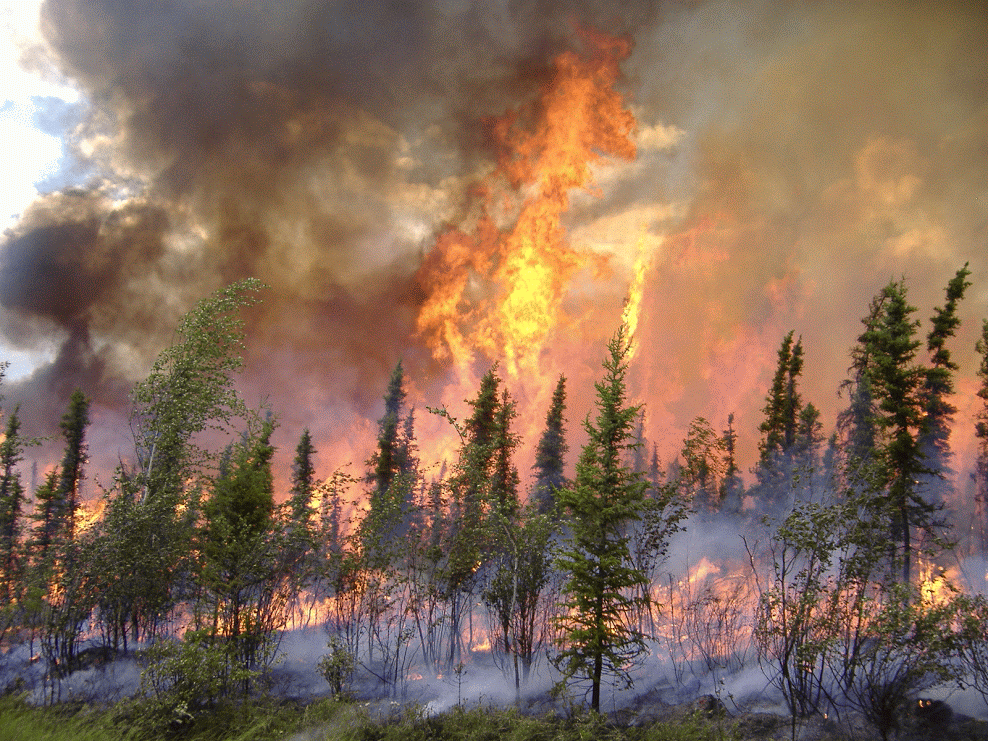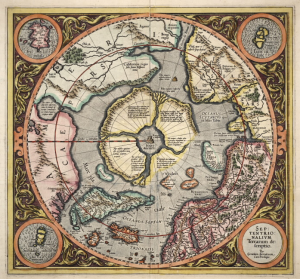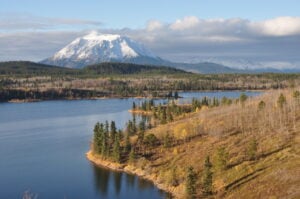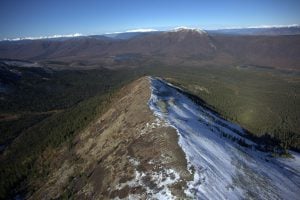Lightning storms are a major driver of large fire years in the Northwest Territories and Alaska, according to a study recently published in the journal Nature Climate Change. Large fire events in North America’s boreal forests have increased significantly since 1975, and are likely to move farther north due to a warming climate.
Sander Veraverbeke, a professor at Vrjie Universiteit Amsterdam and lead author of the study, examined two large fire years – one in the Northwest Territories during 2014, and the other the following year in the interior of Alaska.
“I was really mesmerized by these big fire events,” says Veraverbeke. “In Alaska, four of the biggest fire years have happened in the past 11 years. That’s pretty crazy, so I wondered what else could be going on.”
He found that between 1975 and 2015, the Northwest Territories has had 76 per cent of fire ignitions (larger than 200 hectares) and 82 per cent of burned areas originate from lightning. In Alaska, the percentage of burned areas jumps up to a whopping 95 per cent.
Fires creeping north
In the past several decades, fires ignited by lightning have been a large contributor to the number of burned areas found in the boreal forests of North America. It is a trend that climate models project to significantly increase by the end of the century, especially in the North.
The study used data collected from satellite images and the Canadian and Alaskan Lightning Detection Networks. The increases projected for temperature, precipitation and convective precipitation suggest that by 2050, lightning strikes will increase by 24 per cent in the Northwest Territories, and 59 per cent in Alaska.
Bob Kochtubajda, an Environment Canada scientist who studies data from the Canadian Lightning Detection Network, says the goal of the network is to create an accurate, country-wide picture of lightning storms, but that it’s still a work in progress.
“Identifying any long-term trends is not possible right now due to changes being made to the network over the years, as sensors need to be replaced,” says Kochtubajda.
The data collected still provides important insight into circulation patterns, such as those associated with extreme fire regimes.
“In these extreme years, we seem to find that there’s a persistence of these upper level ridges [areas of high pressure] that are occurring,” says Kochtubajda. “When these paths break down, you see a lot of lightning activity within that area.”
Implications for trees, carbon and fire management strategies
The fires ignited by lightning could have implications for tree line movement in the boreal ecosystem. The fires burn and remove organic soils, making mineral soil available for southern tree species to move towards the North. Increasing fires could also accelerate warming, with the release of carbon emissions as peat is burned.
And spring seasons are already increasingly seen earlier and warmer, with hot summers lasting longer. Mike Flannigan, Director of the Western Partnership for Wildland Fire Science at the University of Alberta, says that it is a hard reality that fire management – an already challenging business – will have to deal with.
“In Canada, we spend 800 million to 1 billion dollars on average fighting fires and these costs have been rising with the number of fires increasing. Unless we change the way we do things, that won’t change.”




